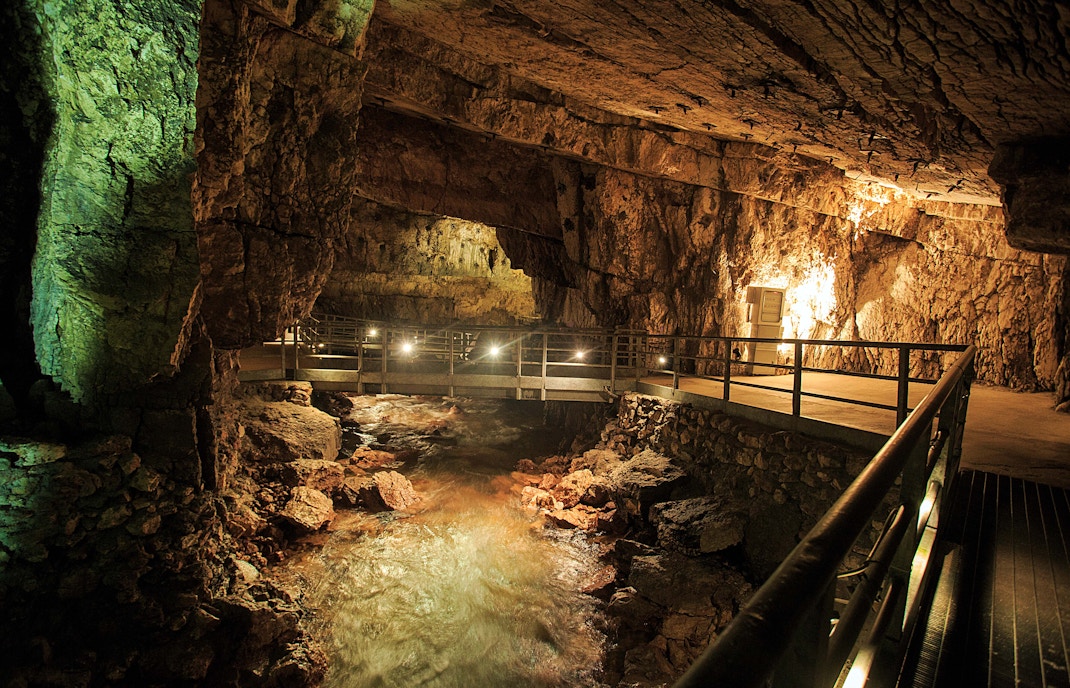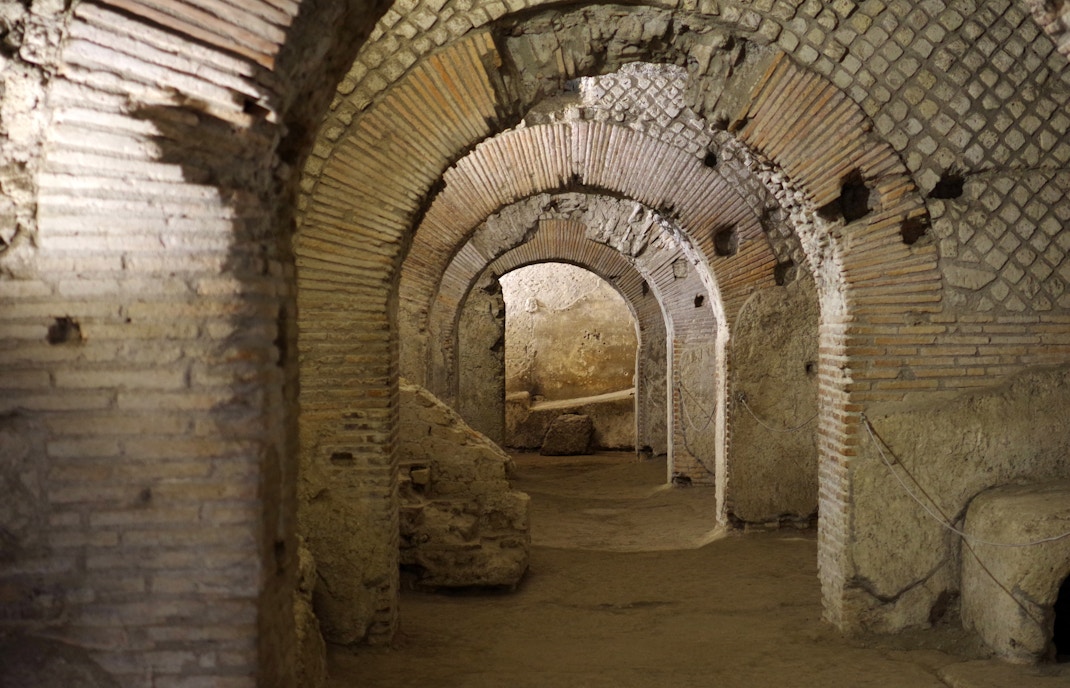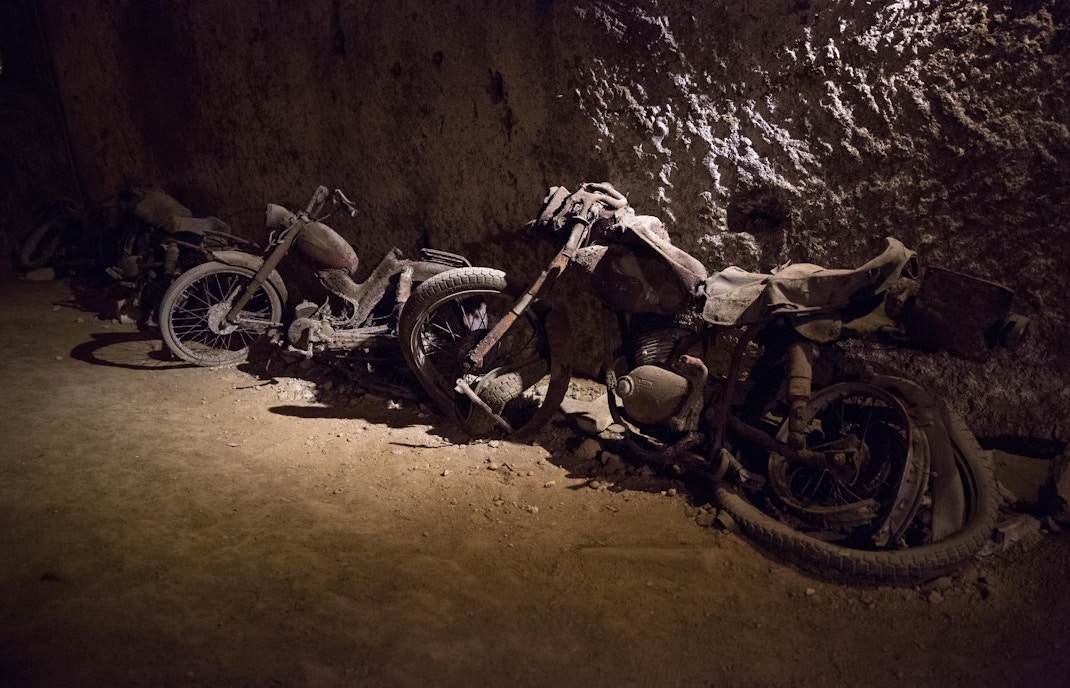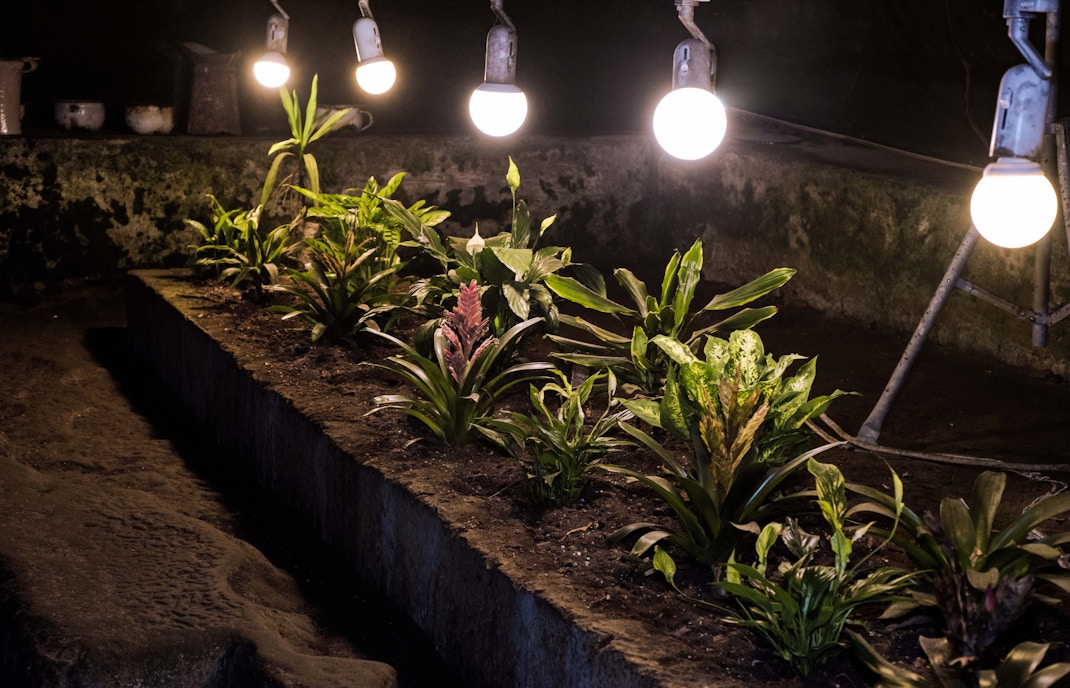- The story of Naples Underground begins with the ancient Greeks, who quarried tuff (volcanic rock) to construct the city of Neapolis. This quarrying created vast cavities beneath the surface.
- Early Greek settlers used some of these cavities as cisterns to store rainwater, laying the groundwork for Naples' extensive underground infrastructure.
Insight: Many of the ancient structures and ruins seen today have layers of Hellenistic influences beneath them, from the foundations of public squares to the Greek Walls at Piazza Bellini.





